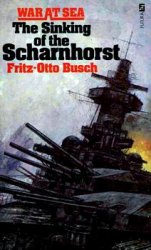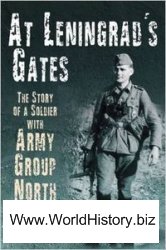

George Best had everything: speed, strength, poise, creativity and incredible ball skills. A two-footed player; he was excellent in the air and fearless in the tackle and a lethal finisher A team-mate in the Manchester United side of the 1960s once said that Best could have played in any outfield position - and outperformed the man who usually played there. By the time he was 22 he had won a European Footballer of the Year award and had a European Cup winners' medal. He looked set to win many more honours, yet the pressures of celebrity, combined with a tendency to press the self-destruct button all too often, meant that by his late 20s, his career in the top flight was virtually over
Belfast Boy
Best was brought to Old Trafford from his home in Belfast in August 1961, when he was 15. Just two years later he made his debut for United and was soon a fixture in an exciting new side that Matt Busby was building. Busby recognised Best's natural talent and reasoned that it was best left alone. Consequently he had told the coaching staff not to try and teach the youngster anything. Later despite all the headaches Best gave him, Busby never wavered in his view of the Irishman’s ability on the field, claiming that he had never seen any other player who had so many different ways of beating an opponent.
After a stunning individual display in a 5-1 away victory over Benfica in the 1965-66 European Cup, he became the first pop star footballer and soon came under the most intense media scrutiny. Good-looking and fashionable, he was dubbed ‘El Beatle’ and for a time he managed to combine the life of a high-profile celebrity with outstanding performances on the pitch. But, inevitably, the revelling began to take its toll.
Best leaves United at 25
After United won the European Cup victory in 1968 it became necessary for Busby to reinforce the ageing team and Best felt that he should be more central to the make-up of the team. Unsurprisingly, this put pressure on relations between him, his team-mates and the club, which were already strained as a result of his high living and media profile. He walked out of OldTrafford in 1972, two days before his 26th birthday. The following decade saw him join a succession of clubs, both in Britain and America, but he would never reproduce the kind of dazzling displays which were a trademark of his younger days.
On the international front. Best was picked for Northern Ireland when he was 17, after just 15 appearances for United. Although he won 37 caps, he never really had the opportunity to show his skills on the world stage.
Long after he had hung up his boots. Best continued to find himself in demand as a football pundit and on the after-dinner circuit. However; his years of alcohol abuse finally caught up with him and in the summer of 2002 he underwent a liver transplant operation.
Left: Manchester United display the European Cup. Opposite below: The 1968-9 Spurs team: back row Pearce, Beal, Collins, England, Jennings, Chivers, Knowles, Gilzean and Kinnear. Front Row: Bond, Robertson, Greaves, Mullery, Venables, Jones and Want. Martin Chivers had recently joined the side from Southampton commanding a record transfer fee of ?125,000.

Opposite above:Allan Clarke shows his delight after scoring for Leicester in the semi-final of the Cup in 1969. Clarke’s goal took Leicester to Wembley, going some way to justify the new record-breaking transfer fee of ?150,000 paid to Fulham.
Below: Manchester City players train before the Final of the 1969 FA Cup in the red and black striped shirt they will wear on the day. City won the Cup, for the fourth time in their history. Young scoring the only goal of the match against Leicester. Mercer and Allison’s new signings of Mike Summerbee (second from the left), Francis Lee (third from the left) and Colin Bell (fourth from the left) played a crucial role in City’s league and Cup success in the late 1960s.






 World History
World History









